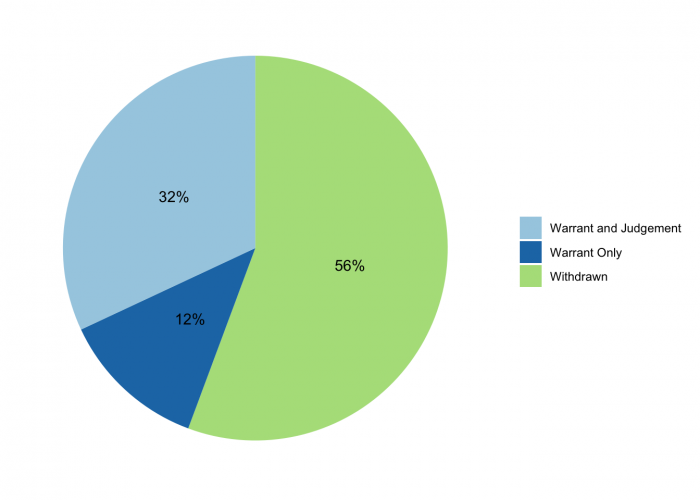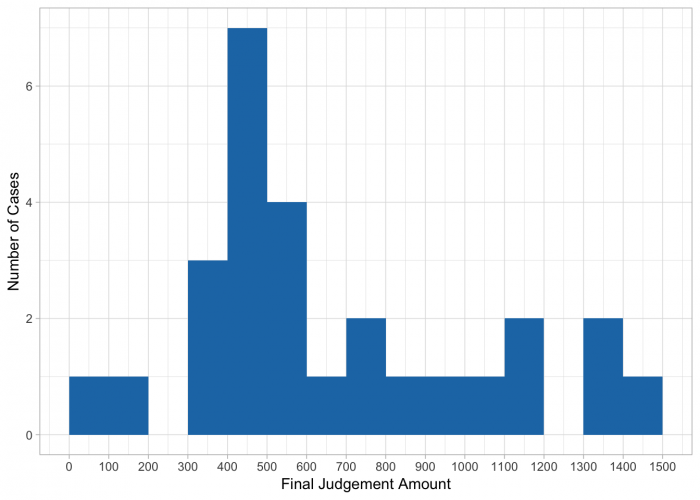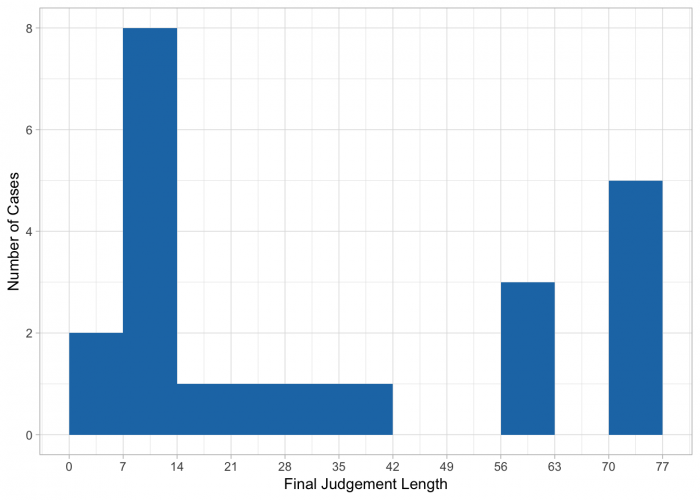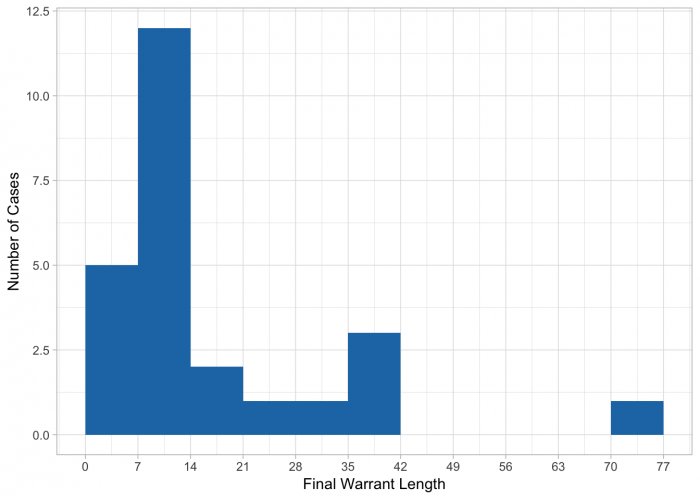Brian Filipiak
Table of Contents
Introduction
The Rochester Housing Authority, RHA, is an independent public corporation created under New York State Public Housing Law. The goal of the RHA is to provide housing opportunities and services to people in the community, specifically lower-income residents and residents with specifics needs. They current serve over 26,000 of these such people in greater Rochester Area (Monroe, Wayne, Livingston, Ontario, and Orleans counties).
The RHA is a publicly funded group by the U.S. Department of Housing and Urban Development (HUD). They must comply with local, state and federal regulations. They run or help administer such programs Housing Choice Voucher program (HCV), also known as Section 8 housing voucher program. HUD also helps to subsidize rents for tenants which help people to live in all RHA units.
With over 2,400 public housing units, there are many different types and locations of properties for people applying to be in RHA housing. There are buildings that also have specific designations on them including over 50 & disabled housing, under 50 disabled housing, family housing, enriched housing, and scattered single and double family homes. The goal is to give people a comfortable space to live even with limited incomes.
To learn more about RHA, please click here.
To see a RHA housing application, please click here.
To see the RHA housing lease explained, please click here.
RHA and Evictions
Although the RHA is a public housing entity, they still have to deal with evictions like any other landlord. However, they do have a different process and set of rules to follow due to them receiving funding from HUD. Their goal is to keep people in housing, so they work with tenants to try to avoid seeking evictions in court. They do this by making sure they have a dialogue with the tenants, document as much as they can, and do as much as they can to help tenants.
The biggest cause of the RHA having to evict people is non-payment of rent. Other causes of eviction include lease violations such as violence, repeated disruptions to other residents, and violations of HUD rules.
The standard process for RHA evictions due to non-payment is as follows.
- A 14-day notice will be issued after 1 month’s worth of rent not being paid. This usually occurs on the 14th day of the following month.
- A 3-day notice will be issued 3 days before the end of the month. This is a pay or vacate the premise notice.
- If the 3-day notice is not complied with, the formal court process of filling for an eviction will be done at the beginning of the following month.
The RHA understands if people have hardships or if major issues pop up, so they will help them by setting up payment plans to make sure they can stay in their housing as long as the tenants bring this to their attention. They also do not let tenants get behind more than 2 months, at most, on their rent, and they do not take partial payments. This limits the amount of money tenants could potentially owe them.
Tenants can contest their eviction for reasons other than non-payment of rent by going through a grievance process either formally or informally. At the time of this writing (December 2018), the formal grievance process is being reworked. The informal process is usually for non-criminal lease violations. It also can include a probationary process. For both processes, tenants can bring an attorney. RHA often refers people to Law NY for legal help. The RHA will also refer tenants to different community resources if they feel that it would be helpful to them.
RHA Data Analysis
Case Outcomes
RHA Case Outcomes
After creating a sample of just cases in which the RHA is the landlord (97 cases in the sample), we calculated the different rates of outcomes for these cases. 56% of cases were withdrawn (1 out of every 2 cases). This is consistent with our Court observations. The RHA has internal policies and processes to deal with cases before they get to court. If a person were to come up with a payment agreement or fully pay their amount due before the court date, the case is withdrawn.
There are no dismissals (a clear tenant victory) or judgement-only cases (where an amount of money is decided upon). These results are rare in cases in which the RHA is not the landlord. Adjournments are also rare in RHA cases with 9% of cases being adjourned.
RHA Judgement Amounts
Judgements and Warrants
RHA Judgement Amounts
After looking at the rate of outcomes, we want to look at the amounts and lengths of the judgements and warrants. First, we looked at the judgement amounts. Most judgements are in the range of $300-600. The RHA does not let people get very far behind on rent, so this fact corroborates the range we see. Also, RHA rents are subsidized by HUD funding or other state government agencies, so we would expect lower totals for judgments. There are 4 outlier judgements (2 around $2200, 1 about $2600, 1 about $3800). These are anomalies and were removed from the graphic.
RHA Judgement Lengths
After looking at judgement amounts, we looked at the length they are stayed. This is the length of time people have to pay of the judgment. Most judgements were stayed for under 10 days. Based on the time when the RHA usually is in court, the third Thursday of each month, this would give people until about the end of the month to pay. We also see there are spikes around 60 and 75 days. These are usually indications that a payment plan was agreed to in court which a tenant must uphold. There are 2 outlier stayed lengths just about the 180 day mark (6 months). These indicate payment plans as well. Both these result had judgements over $1400, so they had a longer time to pay back what they owed.
RHA Warrant Lengths
After looking at the judgement lengths and amounts, we looked at the length of the warrants that went with them. The warrant stayed to date lengths are almost the exact same as the judgement stayed to dates (outliers included). This shows that the RHA is giving people the opportunity to make the necessary payments such that a warrant does not need to be issued. Sometimes the court will denote that warrant is vacated if paid, and that is would be in a situation where the judgement and warrant stayed to dates are the same. The 2 outliers (same stayed to lengths as the judgement chart) were excluded from the graphic.



